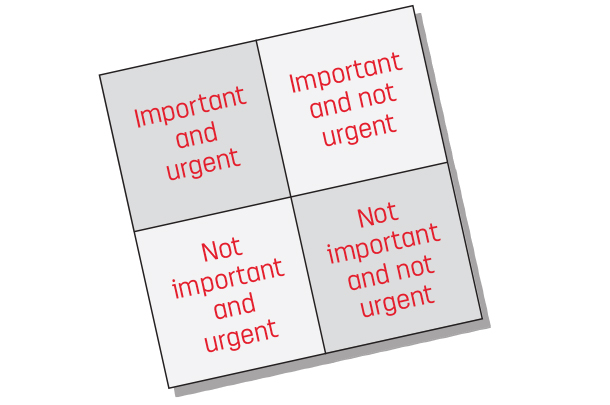We have some feeder calves and grow grass hay. Most of our farming time is spent on only four acres where we grow tobacco, still very much the old-fashioned way.
This winter, they came to help us prepare it for market. After curing in the shed for months, we gather it in piles; put them in a heated, humid shed; strip or pluck each leaf from the stalks; gather the leaves in a press box; and wrap them in bales to transfer to the buyer. The work is not difficult, but it is very tedious.
After lunch the first day, my dad looked at the remaining piles and asked if we planned to get it all done that day. I shrugged my shoulders and said, “We might, or we might not.” There was no rush, as our buyer has a few take-in days scheduled through winter and early spring. Plus, I knew there were so many more piles on wagons in the shed that there would be plenty more to do for days and weeks to come. In the grand scheme of things, making sure we finished those piles that day wasn’t worth any additional stress.
This is something I experienced often this past chaotic year – weighing what was worth the stress and what wasn’t. It’s easy to get caught up in the busy-ness of work and life, but when it isn’t fun anymore and the stress is increasing, it’s time to re-evaluate. Take a look at how you’re spending your time and determine what’s important, what really needs to happen and what can wait until another day.
I even have my children starting to understand this concept. Last night, my 6-year-old looked on as I was making a list of what I want to accomplish today. She asked and answered her own question, “What happens if you don’t get it all done? Then, you’ll do it the other day.” Precisely.
Now, some may view this practice in a negative light and call it procrastination, which is true if you’re putting things off for the sake of not wanting to do them. What I’m saying is: If you put in a good day’s work at your best efforts, cut yourself some slack. There’s only 24 hours in a day. Use it as best you can, and acknowledge that sometimes you just can’t do it all.
I have yet to make any resolutions for this year. The idea of setting those typical goals feels a bit futile after the events of 2020. However, I believe I’ll regularly re-prioritize to eliminate as much stress as possible.

I’ve used the Eisenhower Matrix, also known as the Urgent-Important Matrix, before for time management and plan to keep it up to establish my priorities throughout the year. This is where you set four quadrants: Important and Urgent, Important and Not Urgent, Not Important and Urgent, and Not Important and Not Urgent. By categorizing tasks or projects in each quadrant, you can establish where you should spend your valuable time. You can also minimize stress by not worrying about items that are not important and not urgent, realizing it is OK to leave some tasks until another day. ![]()

-
Karen Lee
- Editor
- Progressive Dairy
- Email Karen Lee








